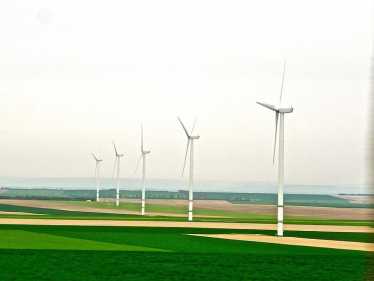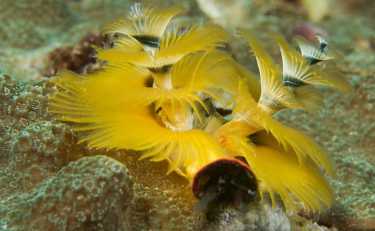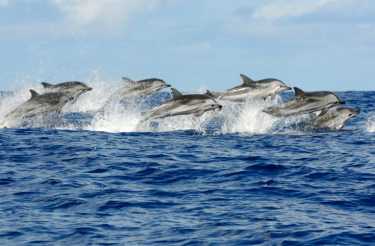
First Nations are rare on earth except in America where things must have been dandy before we got there. The NW First Nations however, have a good press in more modern times at least. Nature Communications have come out with the standard marine influence on terrestrial forest ecosystems, but with a new slant on the contribution of Native American peoples who had shellfish middens to supplement the calcium and phosphorus of soils. Western red cedar,Thuja Plicatais a dominant in the exceptionally wet forests thereabout. They were taller, had more wood calcium, greater radial growth and less die-back when growing on these middens. This means a reverse of the norm which is universal human degradation of their environment. Not to say that controlled burning, soil terracing and many other such habits dont help the environment to sustain a natural stability. Its just that such epic fails have occurred so often in human history.
Andrew J. Trant, Wiebe Nijland, Kira M. Hoffman, Darcy L. Mathews,Duncan McLaren, Trisalyn A. Nelson and Brian M. Starzomski of the Universities of Waterloo, Victoria (Canada) and Arizona State (US) and the Hakai Institute on BCs Calvert Islandwrote the paper entitled,Intertidal resource use over millennia enhances forest productivity,
但是头条新闻集中在人们的想法(只有西北原住民)实际上增强了他们的环境。这一论点的唯一麻烦是,他们的行为是13,000年以来的一种良性,意想不到的行动,在最后一次冰川最大值之后不久就开始殖民。
The First Americans of the Northwest are possibly the most vibrant (and long-lasting) of civilisations, with oral and archaeological evidence of their status. The various tribes such as the local Heiltsuk live on the actual shoreline, using root gardens, hunting on land and gathering fish in stone fish traps and clams from their shores. The waste disposal of these clam shells and others in 5m high middens is typical of coastal humans everywhere, but on a larger scale. Here the shells were used to form terracing and drainage too. Many of these tribes were wiped out by epidemics like diphtheria and smallpox in the 19th century, but the cedars that grew on the middens have been used for bark and wood (often a kind of tribal trunk decoration) continuously since then, with little commercial logging to destroy such evidence for us to see.
鲑鱼经常被引用为暂时向继承人和清道夫的陆地生态系统提供许多其他海洋营养,但钙是比大多数人持续更长的基本资源。森林在每个植物细胞中使用的每个植物壁都使用,钙很快用尽。因此,其集中度成为一个限制因素。
这项研究中有关的地点在第一民族殖民之前有一系列未知的生态条件。例如,雪松仅出席了大约8000年!这些区域无可争议的是,土壤化学受到炉膛钙和碳的碳和碳的严重影响,严重程度低。土壤pH显然上升,生产率在人类占领的地点和附近的生产率明显更高。一个明显的结果是释放更多的磷酸盐,以增强树木和许多其他植物物种的生长。
The end result of this one long occupation was sheer enhancement of a natural ecosystem, especially of the dominant western red cedar in terms of height, radial growth etc. Every organism in the system would have benefitted, and the Heiltsuk and others obviously did too. Their history is a commendable and sustainable one, with many lessons to be learnt. Good times and sad times, mixed with a rich cultural inheritance can lead to an enhanced modern existence, going by their current situation in Canadian life.
More information on modern sustainable practice is a sadder read. In 2011 at least, 90% of our tropical forests, packed full of rare and valuable hardwoods, were totally unprotected, according to this report inthe Japanese,Status of Tropical Forest Management.






